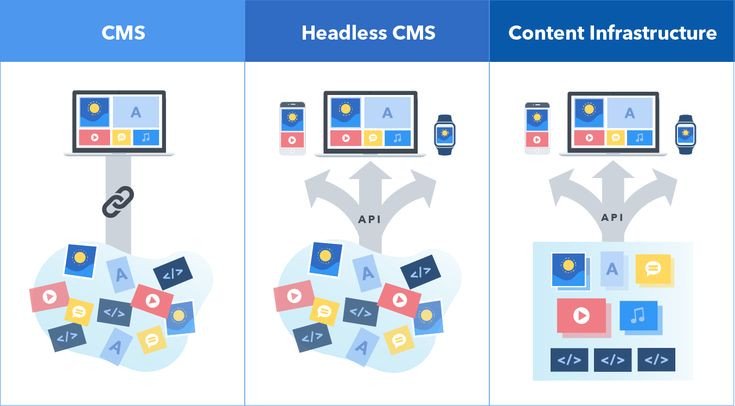Stop Vague Prompts: Talk to AI Like a Developer
A straight-to-the-point framework, examples, and copy-paste templates to get accurate answers—fast.
AI isn’t “bad.” It’s just bad at guessing. Treat it like a junior engineer: give a clear spec, constraints, and a definition of done. This article shows you exactly how to prompt—no fluff.
The One-Pager Prompt You Can Reuse
Copy, tweak, paste:
You are a {role}.
Do: {task}.
Context: {tech stack, versions, environment, audience}.
Constraints: {rules, limits, non-goals, budgets}.
Output: {format, length, sections or schema}.
Examples/Acceptance Criteria: {mini example or checklist}.
If info is missing, ask up to 3 clarifying questions; otherwise proceed and list assumptions at the end.Tip: save a few variants of this in your notes: “coding,” “debugging,” “docs,” “analytics.”
RTCCOE: The 6 Parts That Make Prompts Work
- Role — who the AI is (e.g., “senior backend engineer”).
- Task — a verb + object (“build a REST controller for…”).
- Context — tech versions, repo shape, audience, domain.
- Constraints — limits, security rules, performance budgets.
- Output — exact format (file tree, JSON schema, sections, word/line caps).
- Examples — small good sample or acceptance checklist.
Bad vs Better (1-minute reality check)
❌ Vague: “Build me an app.”
✅ Better:
You are a senior Next.js engineer.
Do: scaffold a pricing dashboard with email/password auth.
Context: Next.js 14 (App Router), TypeScript, Tailwind, Prisma + Postgres, Node 20.
Constraints: accessible components, minimal deps, no server actions for auth.
Output: file tree + key files (single code blocks) + 5 bullet “how it works”.
Examples/Acceptance: passes Lighthouse ≥90 mobile; ESLint/Prettier clean.Three Drop-in Prompt Templates
1) Code Generation
You are a senior {language}/{framework} engineer.
Do: implement {feature/component}.
Context: {versions}, {libraries}, target {browser/node}, data from {API/DB}.
Constraints: perf budget {X ms}, idiomatic style, include tests, no deprecated APIs.
Output: one code block per file with filename header + short rationale (≤5 bullets).
Examples/Acceptance: builds with {tool}, unit tests green, covers {N} edge cases.2) Debugging
You are a staff-level debugger.
Do: identify root cause and propose a minimal fix.
Context: {stack}, {OS}, reproducible steps below.
Constraints: no public API changes; patch ≤ {N} lines; add failing test first.
Output: root cause summary → diff patch → minimal repro test (code).
Examples/Acceptance: issue reproduced, test fails before/green after, no perf regression.3) Analytics/SQL
You are an analytics engineer.
Do: write SQL for {metric} with {time window}.
Context: {Snowflake/BigQuery/Postgres}; schema below.
Constraints: timezone {TZ}, exclude test data, no CTE nesting > 3, document assumptions.
Output: SQL + short explanation of joins/filters + 3 sanity checks.
Examples/Acceptance: matches dashboard {X} within ±1% for last 7 days.Prompt Patterns That 10× Quality
- Rubric first, answer second — “List acceptance criteria, then produce the solution and self-check against the list.”
- Constrain the shape — ask for JSON/schema, headings, or a table to avoid rambling.
- Few-shot clarity — include one small good example; the model will mirror style.
- Critique loop — “Give 3 options + a trade-off table; recommend one.”
- Safety valves — “If unsure, say ‘unknown’; cite only official docs.”
Security & Quality Guardrails (paste these in “Constraints”)
- Use parameterized queries; never string-concat SQL.
- Hash passwords with
password_hash(...)/ bcrypt / Argon2. - Target Node 20 / Python 3.11 / {versions} explicitly.
- Budget: ≤150 lines, ≤8 bullets, ≤200 words (pick what fits).
- Accessibility: keyboard focus, ARIA labels, color contrast ≥ 4.5:1.
From Idea to Output: One Worked Example
Prompt
You are a senior React engineer.
Do: build a responsive pricing table with monthly/annual toggle.
Context: React 18 + TypeScript + Tailwind; no external UI libs; SaaS landing page.
Constraints: accessible controls; keyboard navigable; ≤120 lines; mobile-first; no inline styles.
Output: single .tsx file (one code block) + 5 bullets on accessibility choices.
Examples/Acceptance: toggling updates prices; Lighthouse mobile ≥90; aria-pressed used correctly.Why it works: Role sets the voice; task is concrete; context pins versions; constraints avoid bloat; output shape prevents rambling; acceptance criteria define “done.”
Troubleshooting Fast
- Hallucinated APIs? Add: “If unsure, say unknown; cite official docs only.”
- Too long? Add a word/line budget and numbered sections.
- Security misses? Add explicit do/don’t rules in Constraints.
- Edge cases ignored? Ask to list 5 edge cases first, then incorporate.
Grab-and-Go Checklist
- Did you set a Role and concrete Task?
- Is the Context explicit (versions, audience, domain)?
- Are Constraints strict enough (security, performance, size)?
- Is the Output shape nailed (sections/schema/length)?
- Do you have Examples/Acceptance to define “done”?






